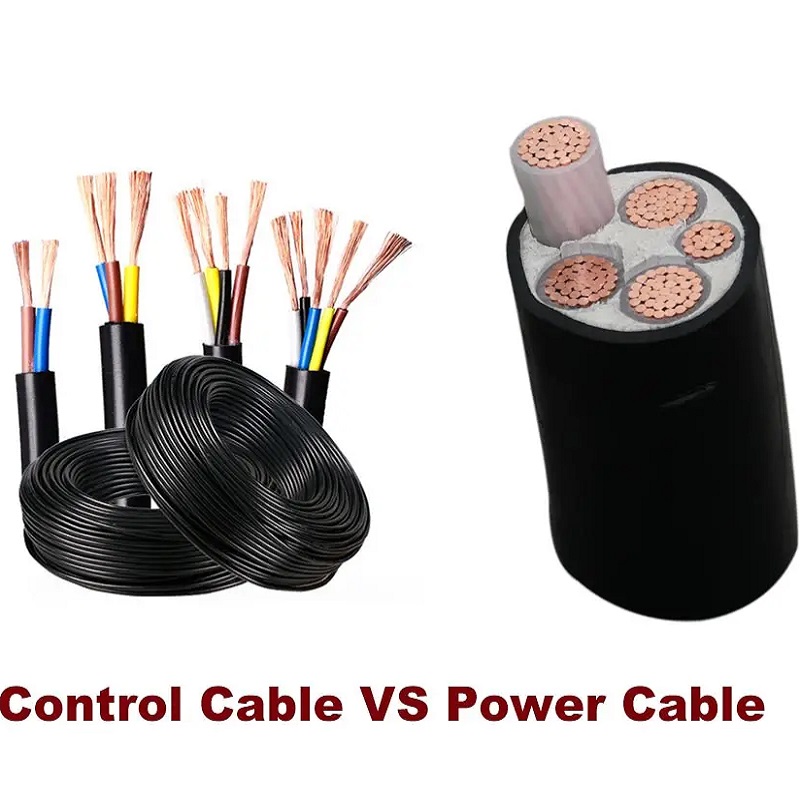
Power cables and control cables play an important role in the industrial field, but many people do not know the difference between them. In this article, Henan Jiapu Cable will introduce the purpose, structure, and application scenarios of cables in detail to help you distinguish between power cables and control cables.
Power cables are mainly used to transmit high-power electrical energy and are commonly found in power transmission and distribution systems. It has the characteristics of high voltage resistance, high current resistance, low resistance, and can safely and reliably transmit electricity. The structure of power cables generally includes conductors, insulation layers, metal shielding layers, and outer sheaths. Conductors are the core part of power transmission, usually made of copper or aluminum, and have good conductivity. The insulation layer is mainly used to isolate the electric field between the conductor and the environment, in order to prevent electrical energy leakage or short circuit accidents. The metal shielding layer is mainly used to shield electromagnetic interference and ensure stable and reliable power transmission. The outer sheath serves as a protective and waterproof function.
Control cables are mainly used for transmitting and controlling signals, and are commonly used in automation systems and instrumentation. Compared to power cables, control cables have lower power but require higher accuracy and stability in signal transmission. The structure of control cables usually includes conductors, insulation layers, shielding layers, and outer sheaths. Conductors generally adopt a multi stranded structure to increase flexibility and anti-interference ability. The insulation layer is usually made of materials such as PVC and PE to ensure that signal transmission is not affected by external interference. The shielding layer is mainly used to prevent electromagnetic interference and ensure accurate signal transmission. The outer sheath also plays a protective and waterproof role.
In addition to the structural differences, power cables and control cables also have obvious differences in application scenarios. Power cables are widely used in power supply and transmission systems of high-power equipment such as power engineering, construction engineering, and coal mines. Control cables are mainly used in electronic equipment, instruments, machine tools, communication equipment and other fields to transmit various control signals.
In summary, We believe that everyone has a clearer understanding of their differences. In practical applications, we need to choose suitable cables according to specific needs to ensure the stability and reliability of power transmission and signal transmission.
Post time: Jul-02-2024

